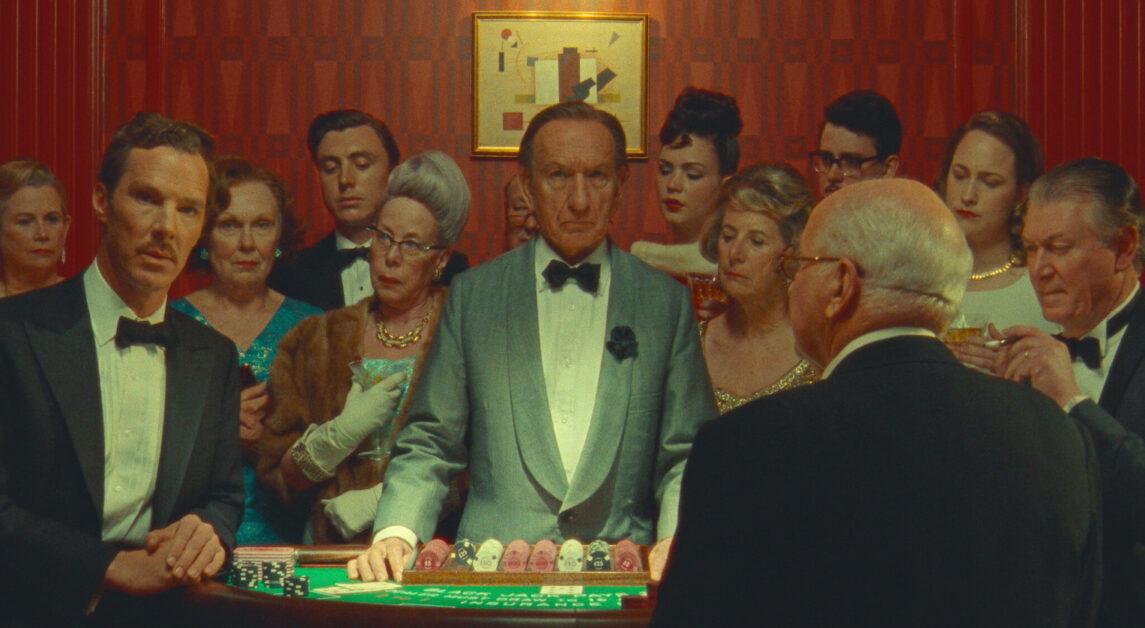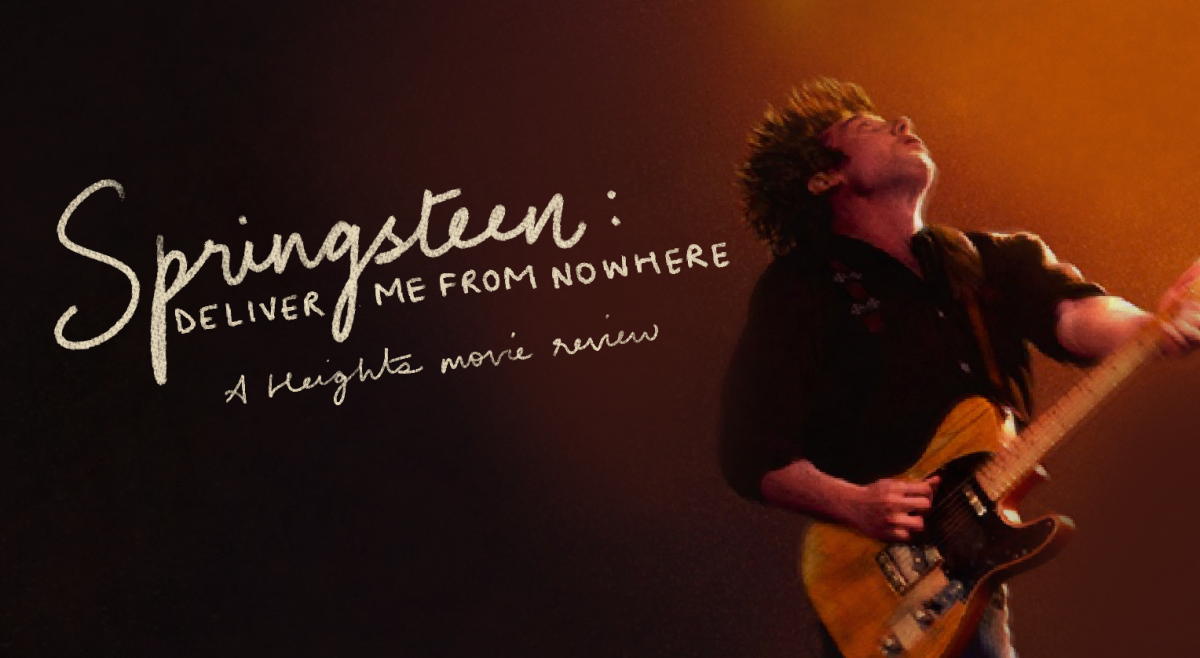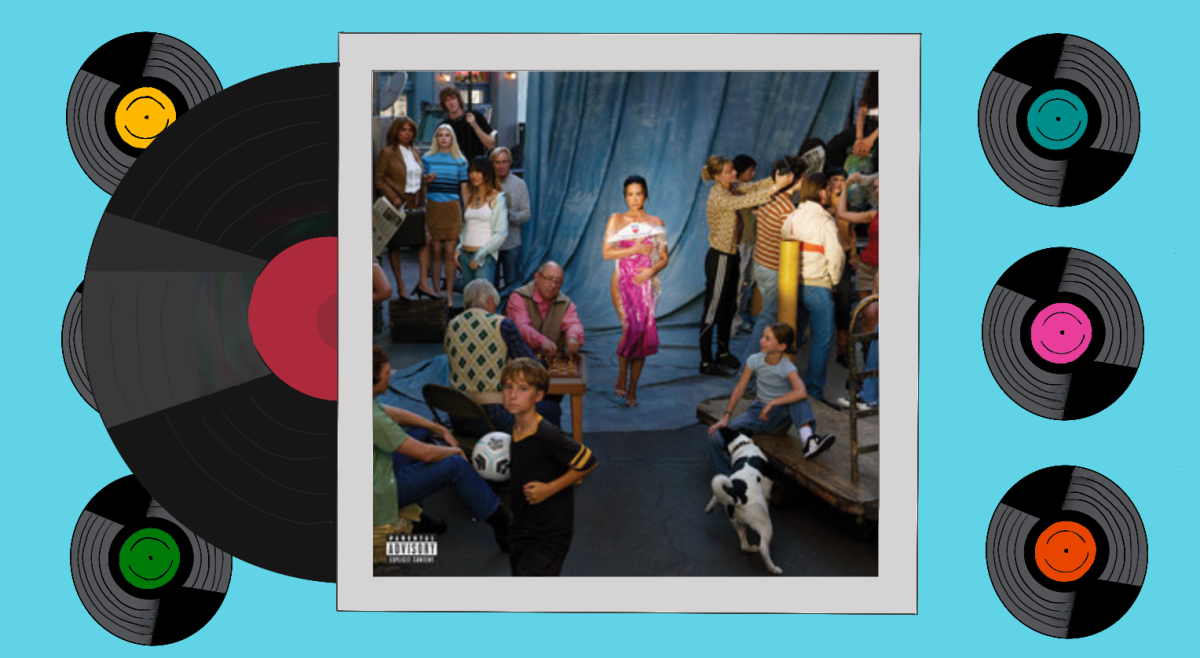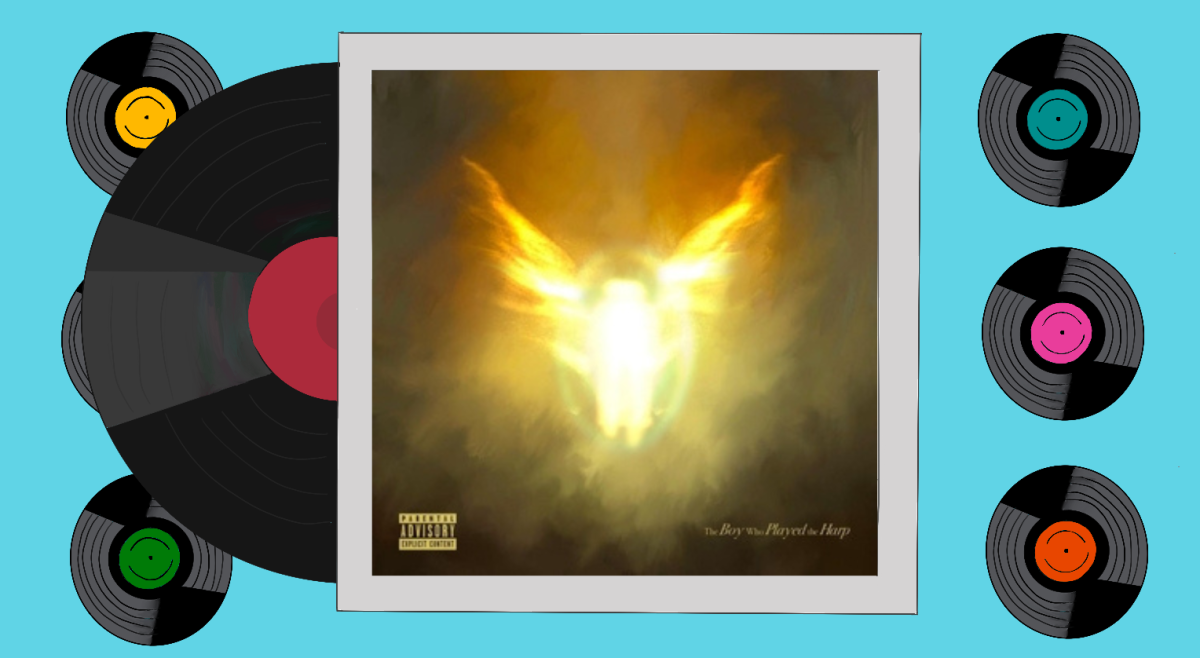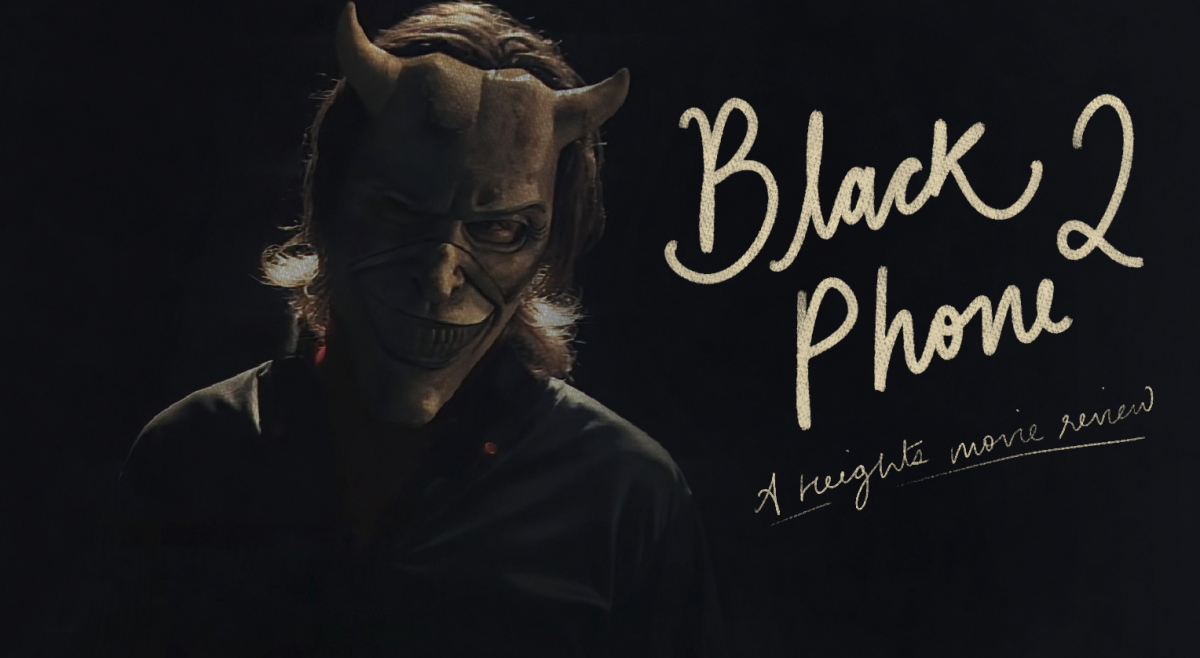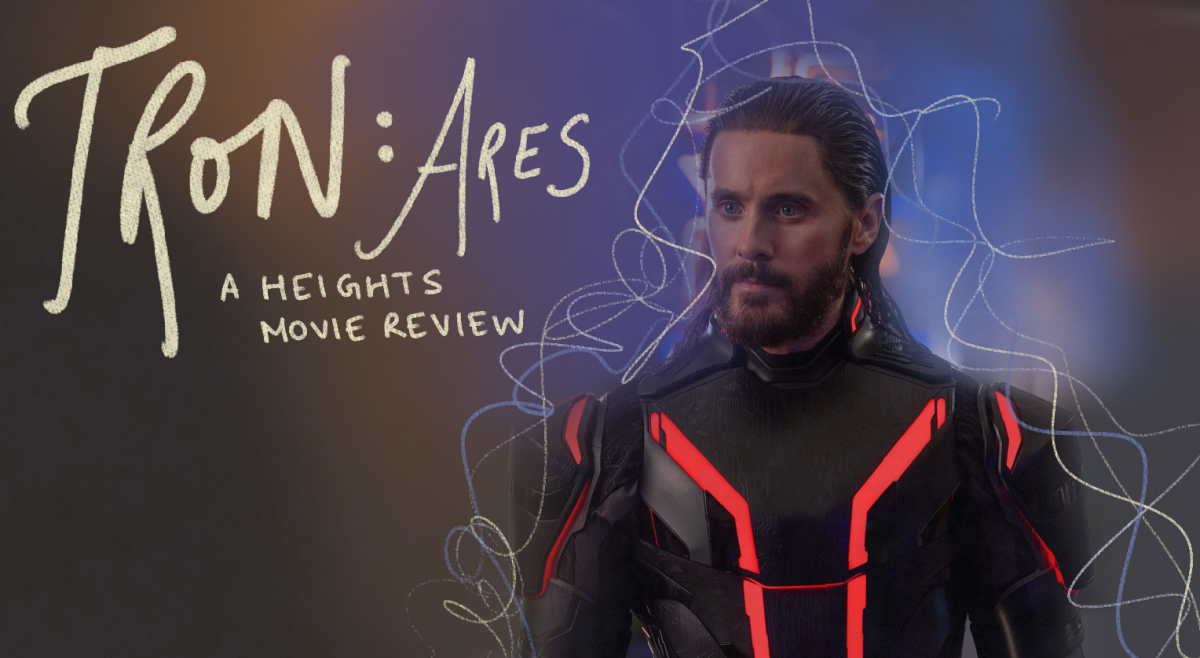★★★★☆
The 39-minute run time of Wes Anderson’s new film The Wonderful Story of Henry Sugar is plenty long for him to deliver a whimsical yet wise story. Released on Sept. 27 on Netflix, the film is an adaptation of author Roald Dahl’s short story of the same name.
Sugar, played by Benedict Cumberbatch, is a middle-aged man born into wealth who hasn’t worked a day in his life. While visiting a friend’s home one summer weekend, Sugar enters the reading room and finds a blue book with no title. Upon opening it, he discovers the contents are a recollection of a doctor’s engagements with an intriguing patient who possesses a unique sensory ability.
From this point, the audience time-travels back to 1935 in Calcutta, India, when the doctor first encounters Imdad Khan, the mystifying man who claims he can see without his eyes.
Anderson’s eccentric style takes no respite during the film. With vibrant, interactive stage designs and rapid, complex dialogue, it’s hard for viewers to avoid sensory overload.
Many of the sets are functional but feel theatrical, with opening bookshelves and sliding walls to name a few. As The Great Yogi (Richard Ayoade) states, “The mind is a scattered thing, it concerns itself with thousands of different items at once.” The imagery in this quote reflects the ever-moving sets in the movie.
Perhaps Anderson was poking fun at casual viewers who believe they needn’t watch and listen for every second and frame of the film. This especially seems the case in the 39-minute vignette with three different narrators set across three different time periods. Pause the television before using the bathroom, because you’ll likely miss two new character introductions and three sardonic lectures about dedication, greed, and success.
Sometimes the film felt like a bit of a mouthful, with long-winded spews of dialogue. Amid the light-heartedness and frolicky jumping between sets and stories, the viewer is sporadically confronted with monologues about greedy rich men and Mr. Miyagi-style proverbs on will and focus.
Different characters’ repeated breaking of the fourth wall serves as a constant reminder that this work is an adaptation, as Dahl’s written version is orthodoxically written in third person past tense. Anderson contradicts this by having various characters repeat “I said” after interacting with each other.
Credit must be given for the range of emotions and themes The Wonderful Story of Henry Sugar manages to cycle through. The audience experiences death, greed, passion, commitment, and benevolence all at once in the short, although it may require a second or third watch to absorb it all.
The characters are fun and spontaneous, and through succinct writing and intentful delivery, they become as detailed as the pastel-colored backdrops and wallpapers that comprise many of the shots.
In the same way Henry Sugar dives into the story of Imdad Khan from his friend’s reading room one rainy summer day, the viewer dives into the story of Sugar’s—and by extension, that of Imdad Khan as well. This dynamic felt meta-cinematic, even though in the film Sugar reassures the audience that “This story isn’t fiction. This story is fact.” Here again, Anderson is playing with the conventional rules of filmmaking and storytelling. By this point, it feels as though he is toying with the audience. Anderson intentionally makes the plot more difficult to follow by convoluting the narration dynamic and directing eye contact with the camera.
Anderson’s tactics further emphasize his apparent frustration regarding poor attention spans and active listening skills. Although they were Dahl’s written words, Anderson must have jumped at the opportunity to communicate to his viewers that “You must learn to concentrate your mind on one thing and nothing else” (as quoted from The Great Yogi’s character). A bit much to ask when watching a Wes Anderson film, though, isn’t it?

